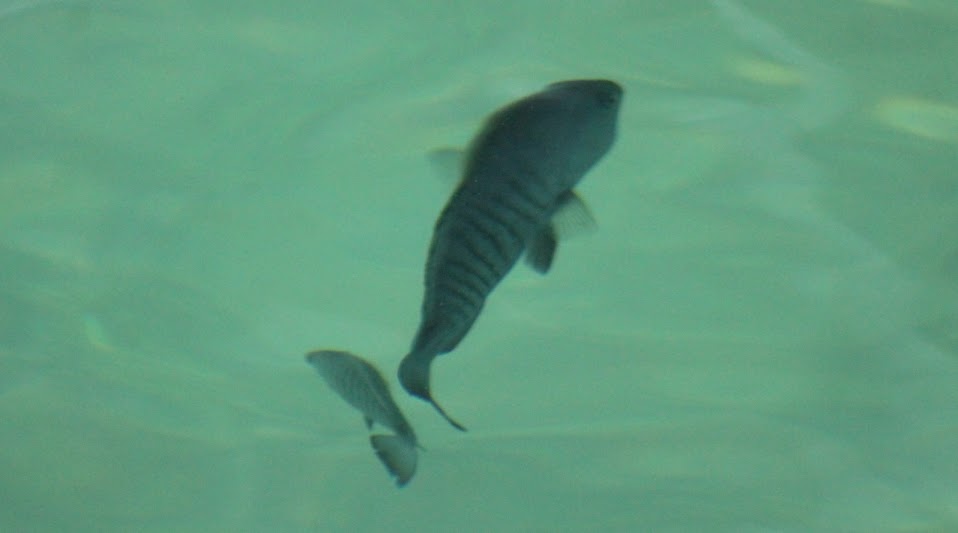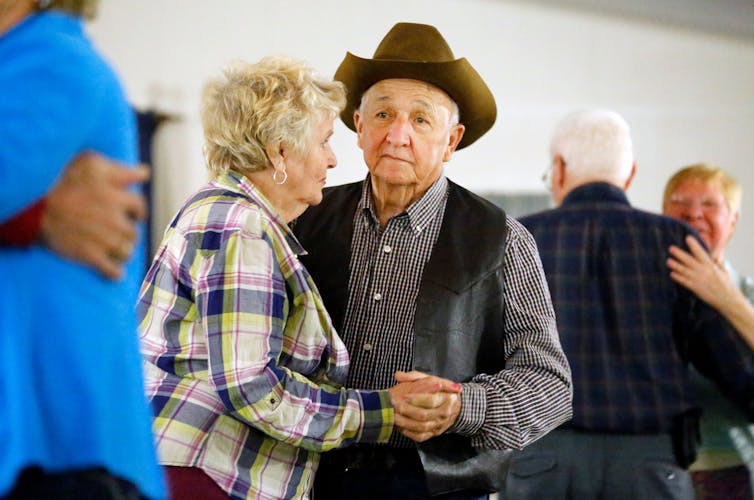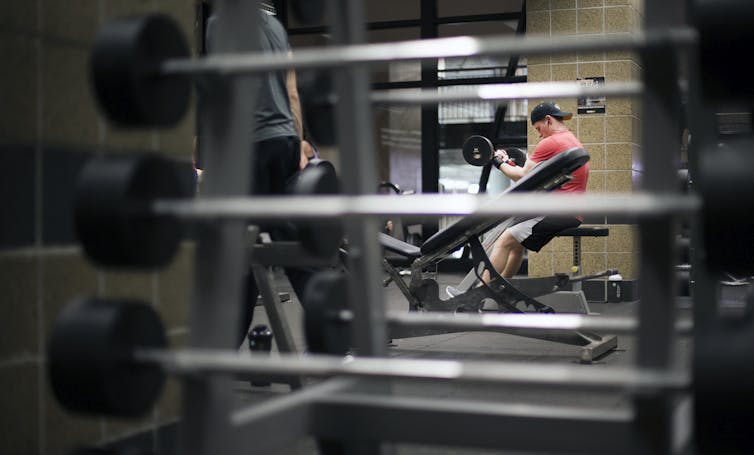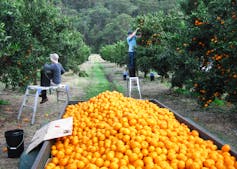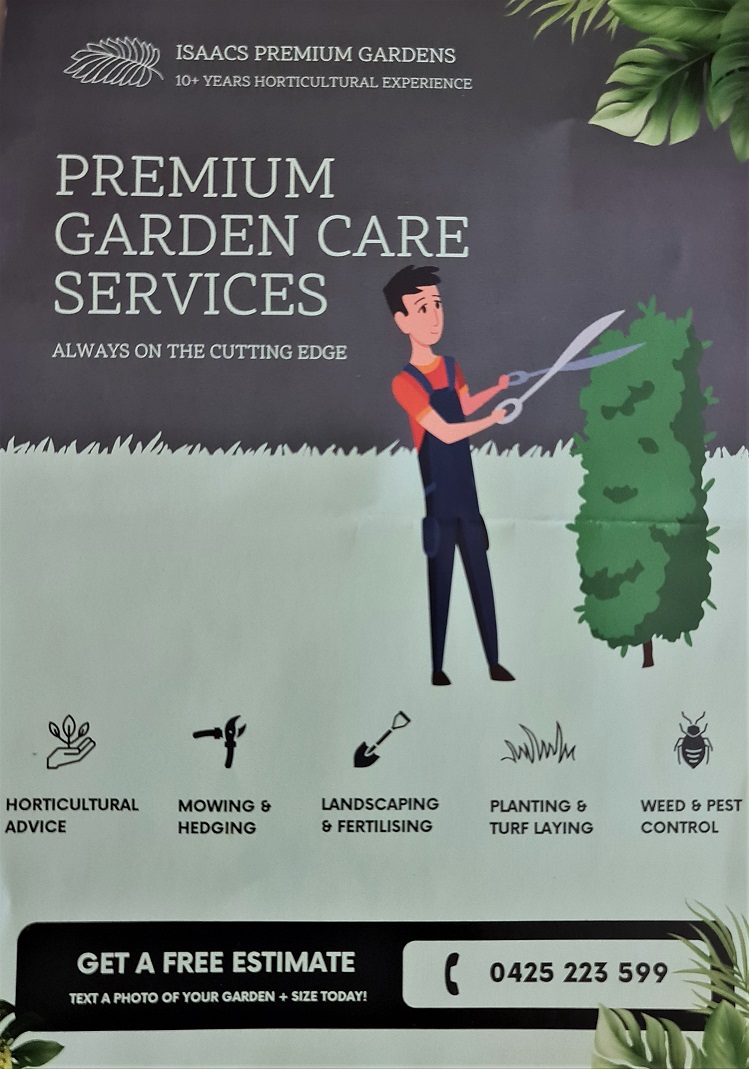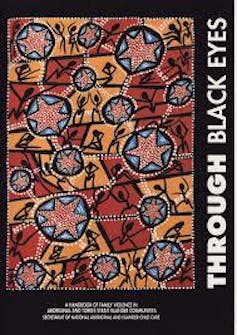Sydney Northern Beaches Water Polo Club (Breakers) Have Had A Phenomenal Season: 7 Local Athletes Selected For The Australian Teams + AOC Names Womens' Water Polo Team For Paris 2024: Three Local Athletes Selected
The Sydney Northern Beaches Water Polo Club (Breakers) have been having a phenomenal season.
Their W16A team won a nail biting grand final in a penalty shootout against Sydney University to become State Champions in April. The girls were Metro Champs, State Champs and 2nd at Nationals! Well done girls, coach Stefano and manager Carly.
The SNBB Water Polo M16s team have achieved the trifecta, beating Hunter 11-5 in the Gold Medal match at State Champs to round out the perfect season.
They are now Metro Champs, State Champs and Nationals Champions.
Congratulations to the boys, coach Harley and manager Sean.
The M18 Team won Bronze at the 2024 Junior State Champions
In April Water Polo NSW hosted the 2024 NSW Junior State Championships across 9 days at the Sydney Olympic Park Aquatic Centre. The Water Polo NSW (WPNSW) event played host to 74 Teams, approximately 880 athletes, 280 games and included approximately 2,500 spectators.
Water Polo NSW stated:
''We were excited to see such a vibrancy of activity and competition throughout the tournament.''

Sydney Northern Beaches Water Polo W16A team 2024. Photo; Water Polo NSW

Sydney Northern Beaches Water Polo M16s team 2024. Photo; Water Polo NSW

Sydney Northern Beaches Water Polo M18 team 2024. Photo; Water Polo NSW
During the past few days the club gave a HUGE Congratulations to the 7 Breakers Athletes that have been selected into the Australian Teams competing in Europe and NZ in June and July this year:
16&U Men's Australian World Aquatics Championship Tour - Alex Woolfe, Jett Semmens and Lachie Davies. These players will be travelling from 1st-26th June to Serbia, Turkey and then onto Malta to compete in the 16&U Men's World Championships.
Bringing together the most promising 16&U athletes from around the world, the World Championships will take place in Malta from June 18-24.
Head Coach of the Australian 16&U Men John Fox is excited to see the talented team compete in Europe.
“It’s a really exciting team that’s been selected based on form displayed by the boys over the last 12 months, including the international tours to Europe and New Zealand, their performances at the Australian Youth Water Polo Championships and the subsequent training camps we’ve had,” said Fox.
“We have a really well balanced team on both sides of the pool. We’ve got some really strong offensive players but we’ve also got some fantastic defensive talents that will fit into our defensive systems really well.
“Congratulations to all the boys selected, not only is this a fantastic opportunity but it’s also a great stepping stone on their pathways towards future (Ord Minnett Aussie) Sharks representation,” he said.
16&U Women's Australian World Aquatics Championship Tour - Zara Cooke and Alannah Paul.
The World Aquatics Women’s U16 Water Polo Championships will be held in Manisa, Turkey from June 28 - July 4 2024.
A second team of athletes has been selected to take part in a tour to New Zealand, guided by coaches Kristina Sherer and four-time Olympian Bron Knox.
16&U Girls Head Coach Georgina Kovacs-Muller said: “It has been an absolute pleasure to work with this group of athletes.
“Thank you to the parents, Daily Training Environment coaches and support networks for helping us to develop this age group.
“The selection process was exciting and hard at the same time, the age group is strong across the board.
“This is a very young age to have a World Championships, and for most of the athletes it will be their first international event. It is an exciting journey that all of these athletes are about to embark on, and we hope that by providing these opportunities, they'll cherish and maximise learnings for the future.
“It was great to see that many athletes that started in this age group two years ago, went on to represent Australia again, selected in the 18&U World Championships and New Zealand Tours earlier this week.
“Congratulations to all the athletes selected, I know that they will represent Australia with pride both in and out of the pool,” she said.
18&U Women's Australian NZ Tour - Sophia Cooper will travel to New Zealand in July to compete, with games set to take place against 21&U teams at the New Zealand Nationals as well as the 19&U New Zealand National squad.
The New Zealand Tour, taking place in July, will provide the chosen squad with a great opportunity to continue developing, with games set to take place against 21&U teams at the New Zealand Nationals as well as the 19&U New Zealand National squad.
Head Coach of the Australian 18&U Women Rowie Webster said she’s looking forward to continuing to work with the teams, and offered her congratulations to the athletes selected in both the World Championships and NZ tour teams.
“I think it’s a really good opportunity for athletes at this age to get a chance to play on the world stage, under pressure,” Webster said.
“We get so used to playing at home in Australia, but to go abroad and get experience there, with different styles of the game and open up their mind, it’s really exciting.
“At the World Championships we want to go and do our best, execute our systems and play our game.
“I’ve had this group of athletes for a short amount of time, but I hope that we can impact their water polo career, and continue their love for the game, but also challenge them to put a result on the scoreboard for Team Australia,” she said.
16&U Men's Australian NZ Tour - Kosta Tsiaousis will travel with the team to New Zealand to compete.
15 athletes have been selected for the New Zealand tour which will take place from July 7-15.
16&U Boys Head Coach John Fox offered his congratulations to those athletes selected.
“This team has been selected based on form displayed by the boys over the last 12 months, their performances at the Australian Youth Water Polo Championships and the subsequent training camps we’ve had,” said Fox.
“Congratulations to all the boys selected, this a fantastic opportunity and a great stepping stone on their pathways towards future (Ord Minnett Aussie) Sharks representation,” he said.
About the Sydney Northern Beaches Breakers
The Sydney Northern Beaches Breakers, your home for Water Polo in the Northern Beaches area of Sydney. The club is committed to providing high-quality Water Polo programs for athletes of all ages and skill levels, from beginners to experienced players.
Whether you're looking to develop your skills, compete at a high level, or simply have fun and stay active, SNBBWPC have a program that's right for you. The Junior programs are designed to help young players learn the fundamentals of the game and develop a love for the sport, while the Senior programs offer competitive opportunities for players of all levels.
At SNB Breakers, we believe in the power of sports to bring people together and build strong communities. That's why we're committed to creating a welcoming and inclusive environment for all members. We are incredibly fortunate to have a dedicated team of experienced coaches who are committed to helping our young players achieve their full potential. Each coach brings a wealth of knowledge and expertise to our club, ensuring that every child receives the best possible guidance in their Water Polo journey.
We're also proud to be a valued member of the local water polo community, and we work closely with other clubs and organisations to promote the sport and grow the game. Whether you're a new player, a seasoned veteran, or just looking for a fun and challenging way to stay active, we invite you to join us at SNB Breakers and become part of our Water Polo family.
SNB Water Polo Club is committed to fostering the growth and advancement of water polo by providing a supportive and inclusive environment for athletes of all ages and skill levels. Our mission is to cultivate a passion for the sport, build strong teamwork and sportsmanship, and instil values of dedication, discipline, and respect. Through comprehensive coaching and structured training programs, we aim to produce competitive and well-rounded athletes who can excel both in the pool and in life.
Our Mission is to:
- Provide an opportunity for young athletes to participate in a Community Club in a safe, friendly and family oriented environment.
- To help young players learn the fundamentals of the game and develop a love for the sport.
- Develop young Athletes through a variety of training programs overseen by qualified coaching staff.
- To offer competitive opportunities for players of all levels.
- Strive to maintain our reputation as a well-respected club, with success both in and out of the pool.
- Encourage community involvement through events, fundraising activities and sponsorship and be recognised as a leading contributor to the spirit of the SNB Water Polo community.
- Support the SNB values of fairness, safety, innovation, health and wellbeing.
- To always operate the club professionally, in a responsible manner and within the competition’s rules and regulations.
- To exercise tolerance to others, and to always act fairly, honestly and respectfully.
- And most of all encourage all our members to have fun while enjoying this fabulous sport we LOVE WATER POLO.
Find out more at: www.snbwaterpolo.com.au

Photo: www.snbwaterpolo.com.au
Womens Water Polo Team For Paris 2024 Announced: Two Sydney Northern Beaches Breakers Included
In related news the 13-strong Aussie Stingers women’s water polo team for the Paris 2024 Olympic Games was announced on Thursday May 9 2024 at the Dawn Fraser Baths in Sydney and this includes three local girls.
Sienna Green, 19, of Mosman who has played for Sydney University as both her Junior and Senior clubs, is the youngest player chosen for the squad while Keesja Gofers is set to become the third Australian Stinger to compete in the Olympics as a mother.
The Aussie Stingers squad, announced by Australian Olympic Team’s Deputy Chef de Mission and hockey great Mark Knowles, will be led by 32-year-old Zoe Arancini, who will be making her third appearance at the Olympics along with Keesja Gofers.
The 34-year-old Gofers, now a mother of one-year-old daughter Teleri, will become the third Aussie Stinger to compete at the Olympics as a mother. Two-time Olympians Bronwyn Smith (nee Mayers) and Lea Yanitsas are the other two.
With Abby Andrews, Elle Armit, Bronte Halligan, Tilly Kearns and Gabi Palm all returning for their second Olympics, the Australian women’s water polo squad for the Paris Olympics boasts plenty of experience.
Two local girls, Manly's Bronte Halligan and Tilly Kearns who were both Junior members of the Sydney Northern Beaches Breakers, have already represented Australia at the Tokyo 2020 Olympics.
Meanwhile, Alice Williams, Sienna Hearn, Sienna Green, Genevieve Longman, Danijela Jackovich and Charlize Andrews will be making their Olympic debuts. Green, 19, is also set to become the youngest Aussie Stinger to compete at the Olympics.
Coached by Olympic bronze medallist Bec Rippon, the Stingers have a string of recent top-5 global finishes, including fifth at Tokyo 2020 and fourth at last year’s World Championships.
“I’m really proud of the team that has been selected,” head coach Bec Rippon said after team selection. “I think you can expect the Stingers to have the attitude of going after everything, we are in Paris to be competitive and we’re there to chase a medal.”
Deputy Chef de Mission for the 2024 Australian Olympic Team and four-time Hockey Olympian Mark Knowles announced the team’s selection at the Dawn Fraser Baths, the home of Australia’s oldest water polo club the Balmain Tigers.
“Congratulations to each of the 13 athletes selected today, this is a fantastic achievement,” Mr Knowles said.
The women’s water polo competition at the 2024 Summer Games will be a 10-team tournament. It will be held at the Paris Aquatic Centre and the Paris La Defense Arena from July 27 to August 10.
For more information, please visit the AOC website.
Tilly's Story
Unlike many of her fellow players, it was not love at first sight – or touch – for Matilda 'Tilly' Kearns, when as a 13-year-old she jumped into the deep end of the water polo pool.
“At first I didn’t really like it because I didn’t really get it. I did it for four weeks and it was barely water polo, it was like bull-rush with a ball," she said of her first foray in the sport.
“I stopped playing it but then came back the next season, and because I was bigger than everyone I was better at it and started to like it from there,” Tilly said, of her 176cm frame.
Tilly joined the Sydney Northern Beaches Breakers (SNBB) club and came through the age groups and as soon as she made her first NSW state team, she was determined for Olympic glory.
A Water Polo high-performance camp in July 2018 fuelled that fire a little more.
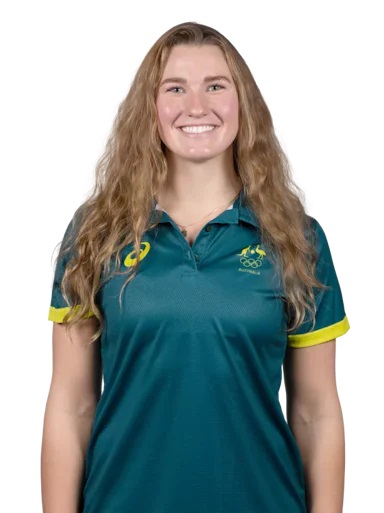
Matilda 'Tilly' Kearns
Bronte's Story
What is it about rugby league Test footballers whose children excel in water polo? Bronte Halligan is the daughter of Kiwis and Canterbury-Bankstown goal-kicking legend Daryl Halligan; former Australian junior team member Jamie-Lee Lewis is the daughter of Kangaroos and Maroons legend Wally Lewis; while Sharks player Aidan Roach is the son of Kangaroos and Balmain icon Steve Roach.
“Maybe it's just the physicality and aggression in the sports that transfer, who knows,'' Bronte said when posed the question.
''I knew I wanted to be an athlete of some sort and represent my country when I watched dad play. It just motivates me even more.
''I can't kick a ball that well … But he definitely helps me on the mental side of things just to cope and make sure I'm always on top of things.”
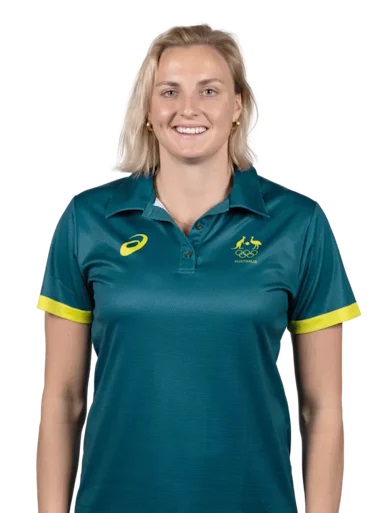
Bronte Halligan
Sienna's Story
When Sienna Green realised as a nine-year-old that water polo combined the two sports she loved, she was hooked.
“I started playing when I was nine because my parents and older brother played water polo,” she said. “It combined the other sports I played at the time of swimming and basketball and I instantly fell in love.
“I really enjoyed the physicality and strategy of the game and I just loved playing.”
After winning an Australian Water Polo League title with the University of Sydney Lions in 2021, Sienna captained the national under-18 team, before earning her first cap for the Australian women’s team, the Stingers, in 2022.
She made her debut with the Stingers against Canada in March of 2022. Sienna served as captain and was the highest goal-scorer of the Australian team at the 2022 FINA World Women's Youth Water Polo Championships in Belgrade, Serbia.
Following a successful US college season for UCLA in 2023, in which she shone not only as a central defender but also as an increasingly effective presence in attack – scoring 39 goals in 29 games – Sienna was selected in the Stingers’ 2024 world championships squad.
The 193cm utility played in all of the Stingers’ seven games, marking some of the world’s best attackers while scoring nine goals herself. Australia finished sixth at the Doha tournament.
Sienna earned particular praise from commentators when she scored two goals in quick succession in a thrilling 9-10 quarter-final loss to reigning Olympic champions USA.
NSW Institute of Sport water polo program head coach Jacki Northam has described Sienna as “a player to watch … ready to unleash on the world”.

Sienna Green
Bios and bio photos: AOC

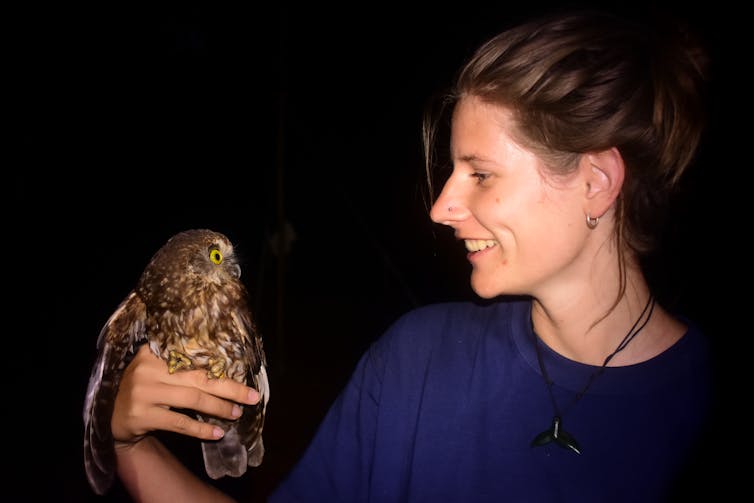
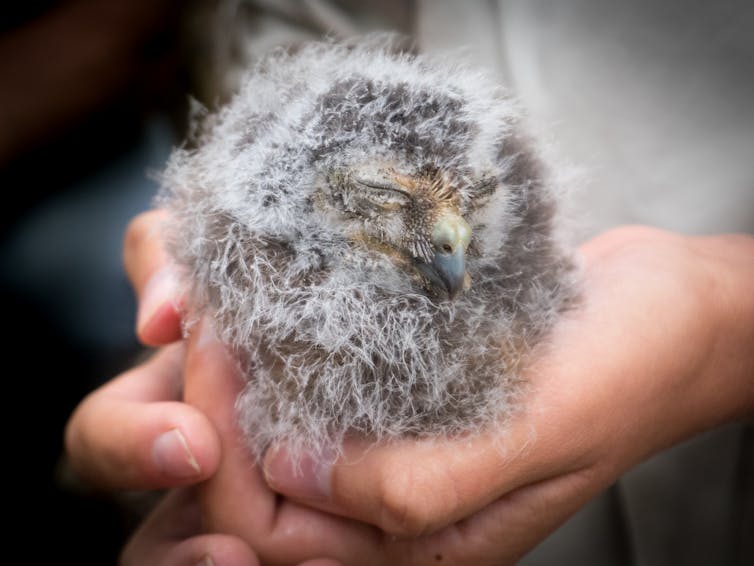
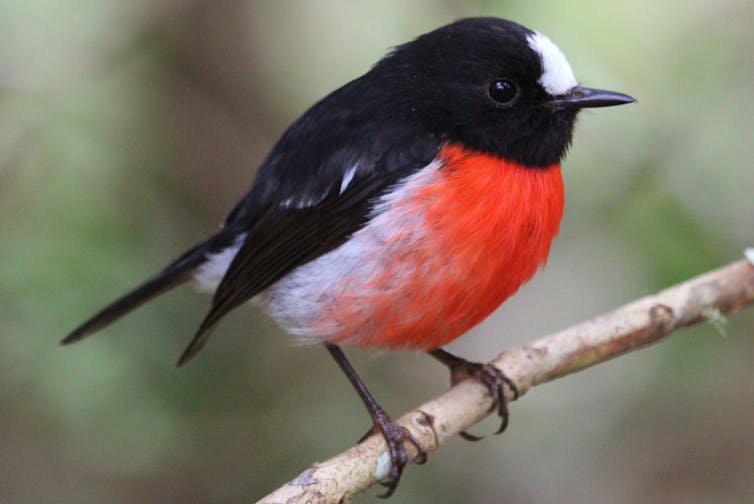
![]()





.jpg?timestamp=1675634351632)
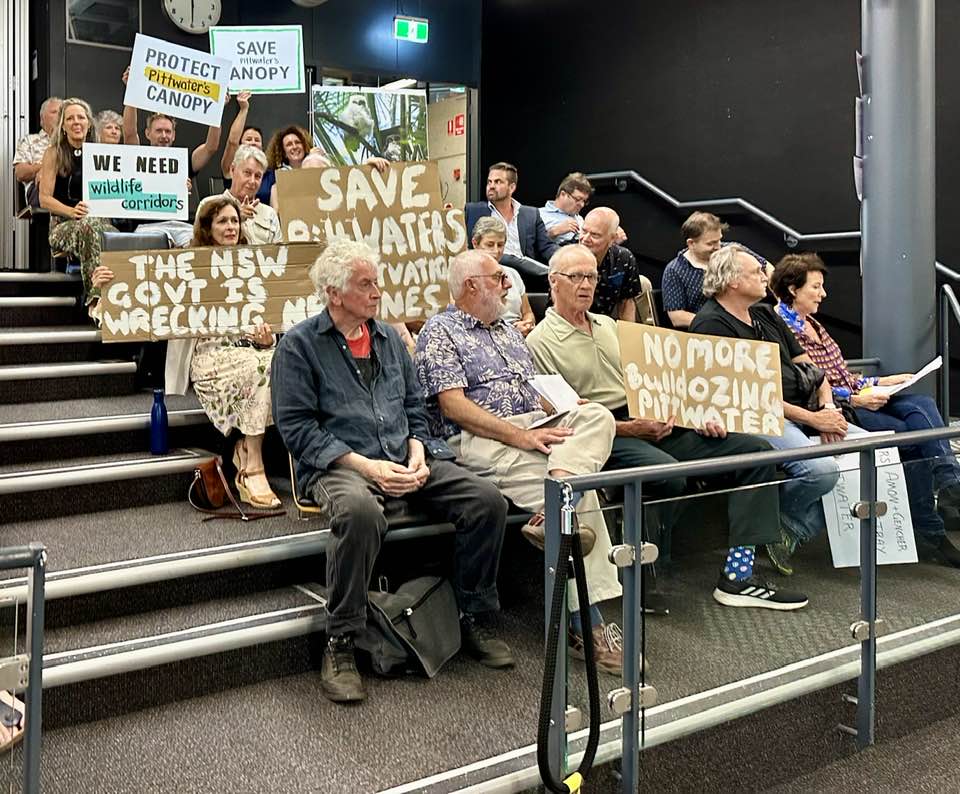
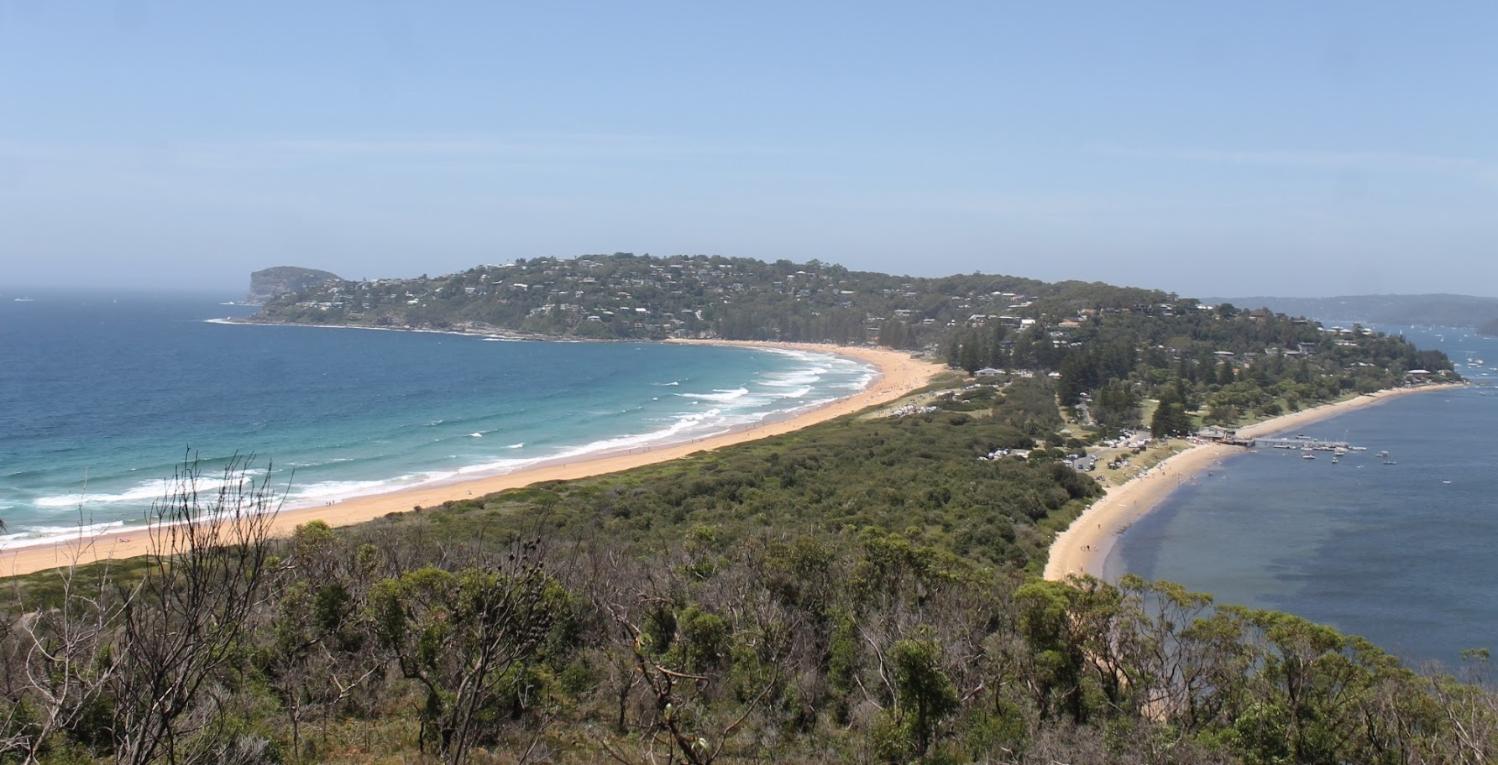

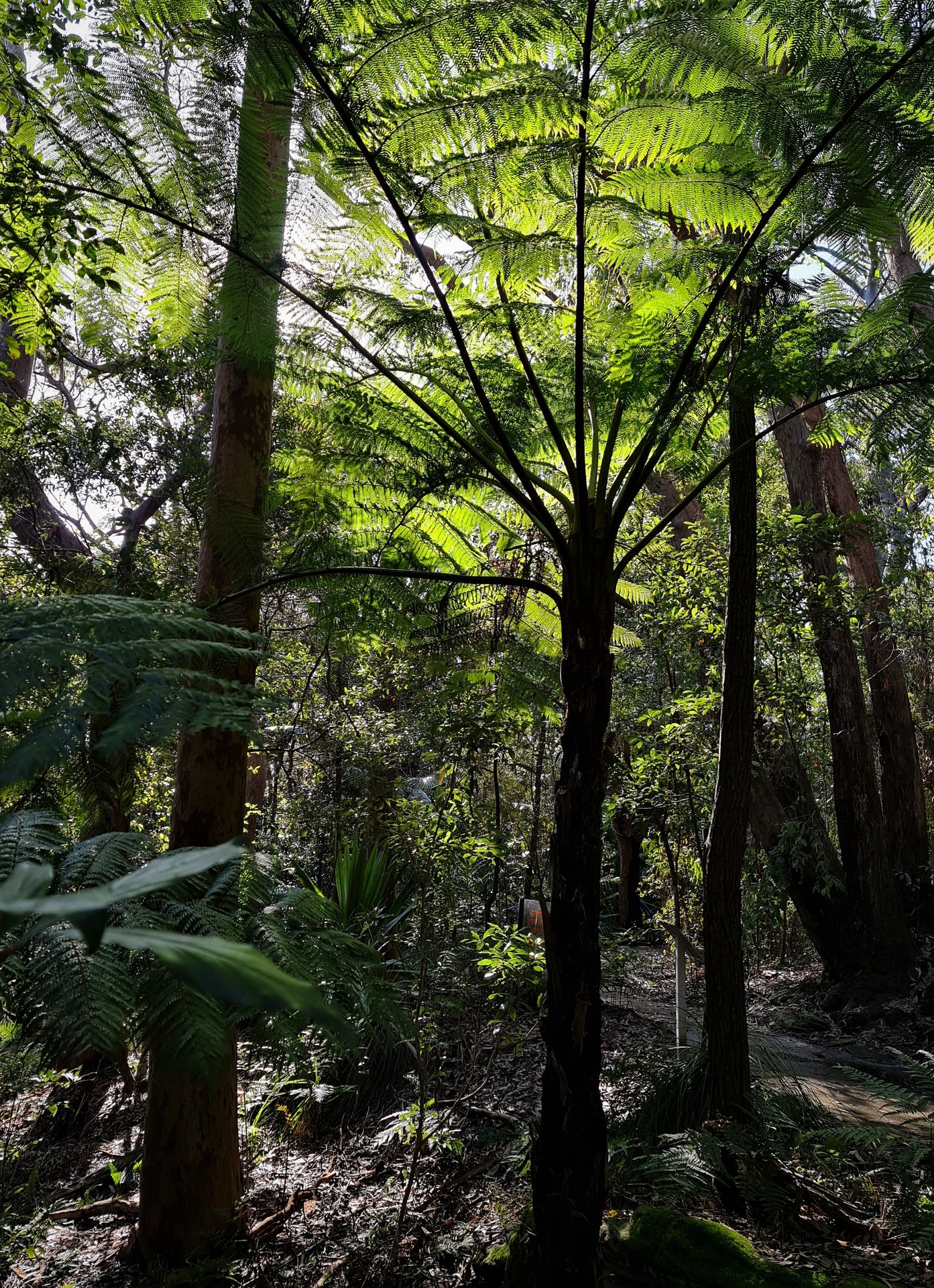

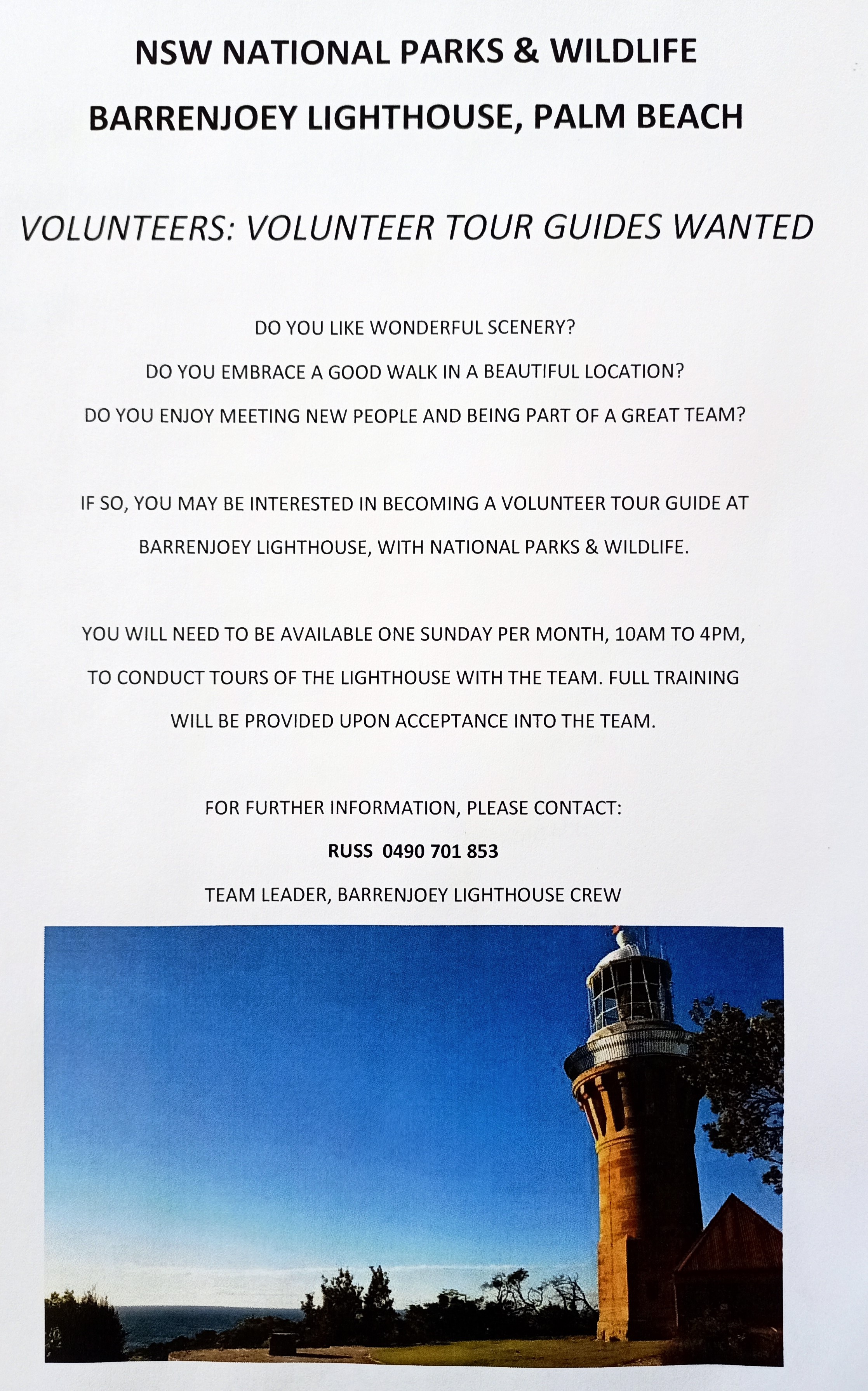
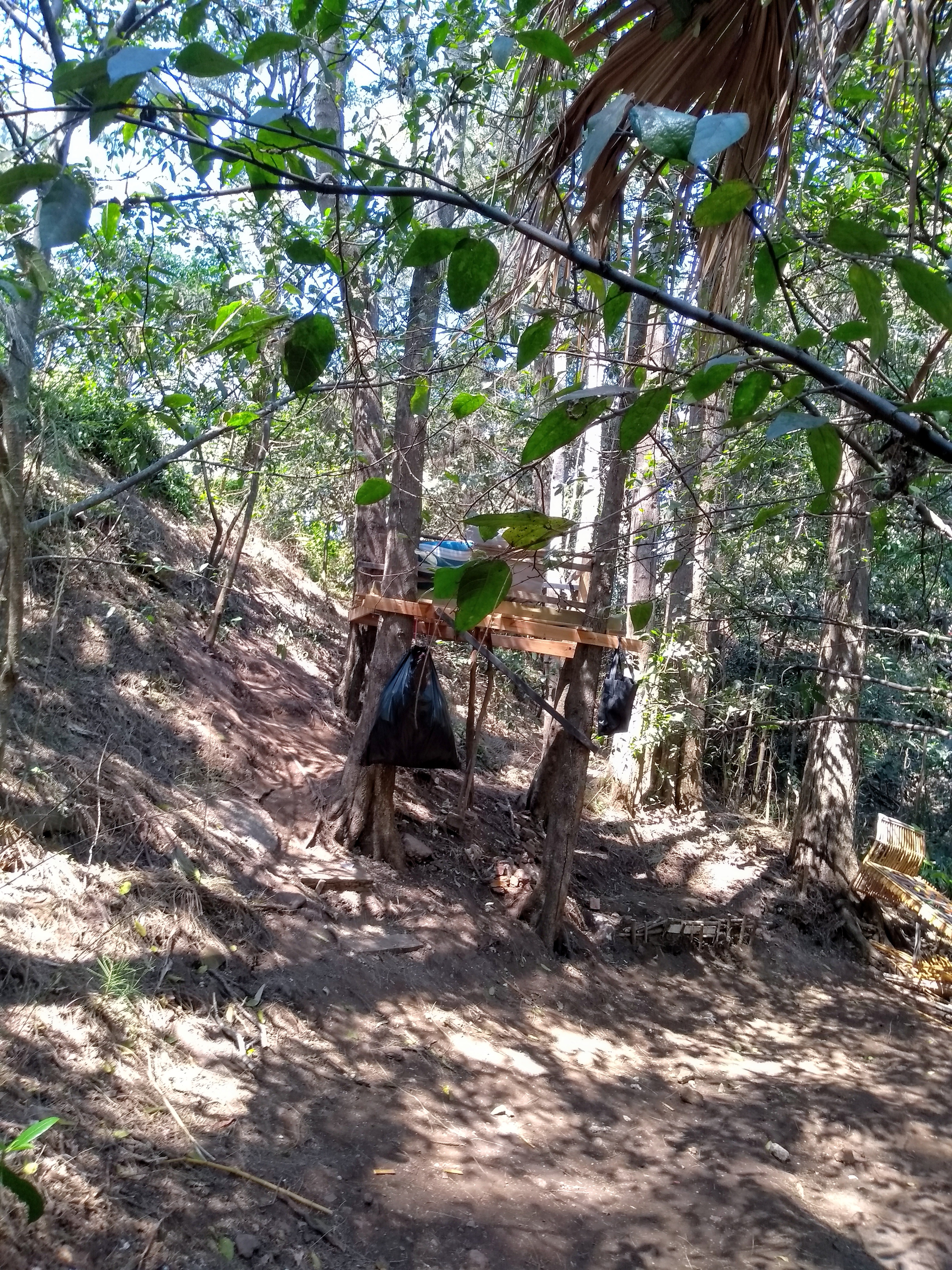
%20(1).jpg?timestamp=1675893929686)

.JPG.opt1460x973o0,0s1460x973.jpg?timestamp=1663629195339)





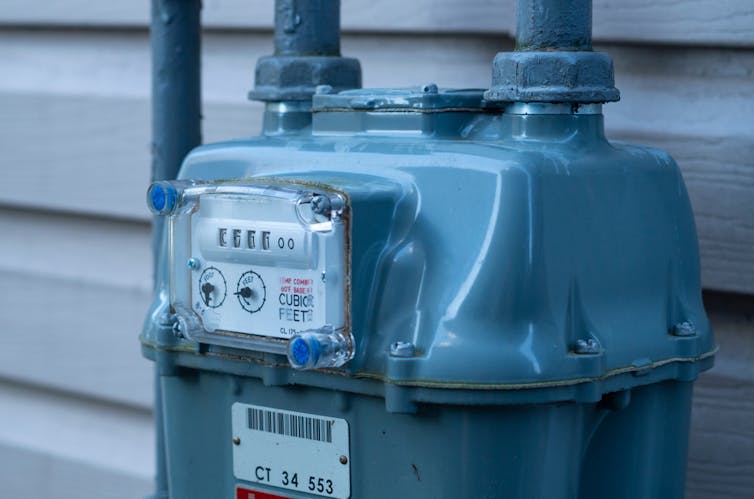

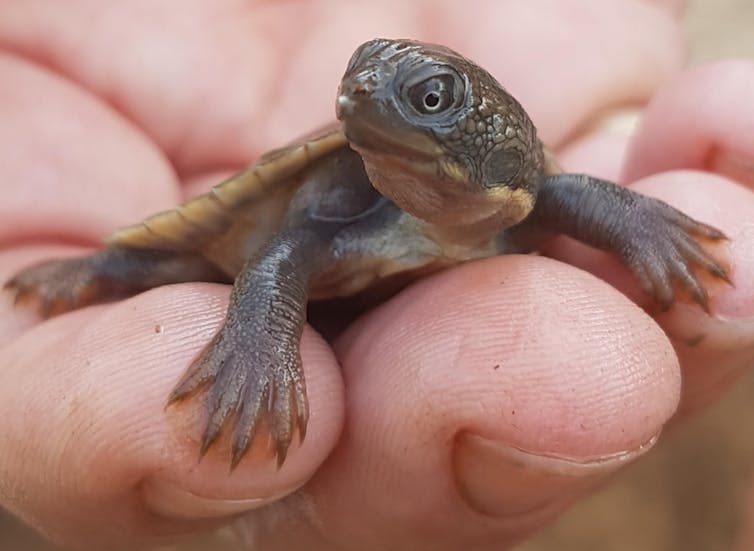

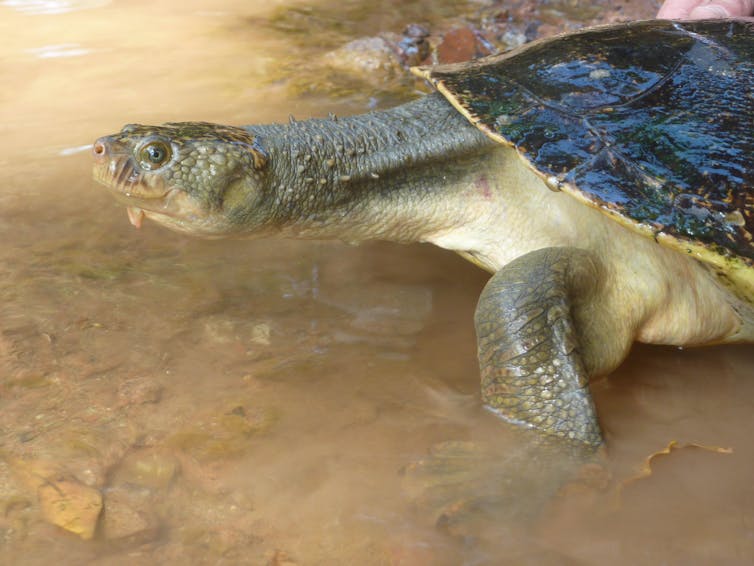



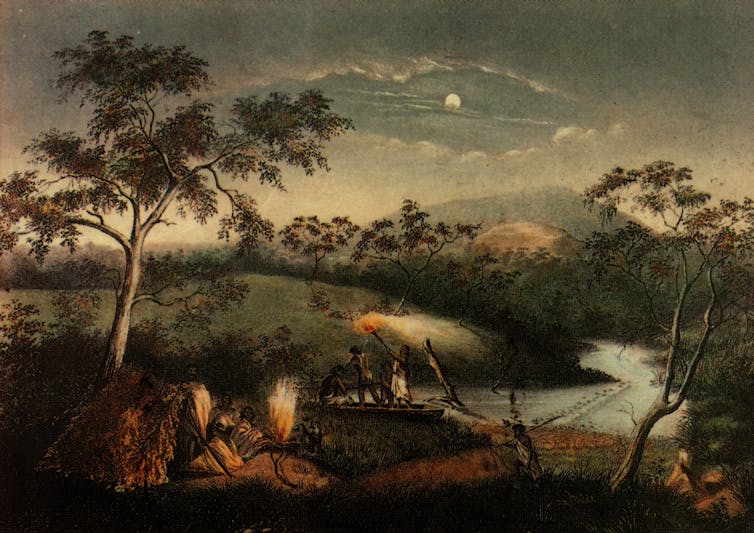
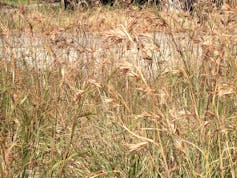

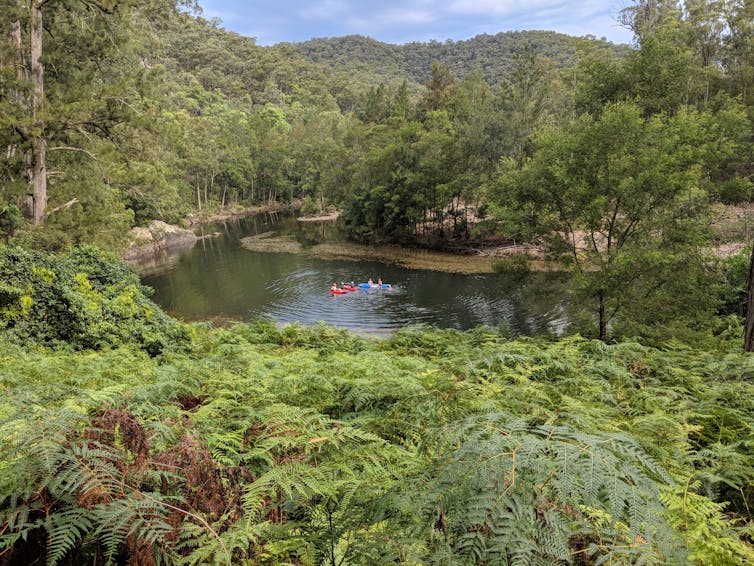
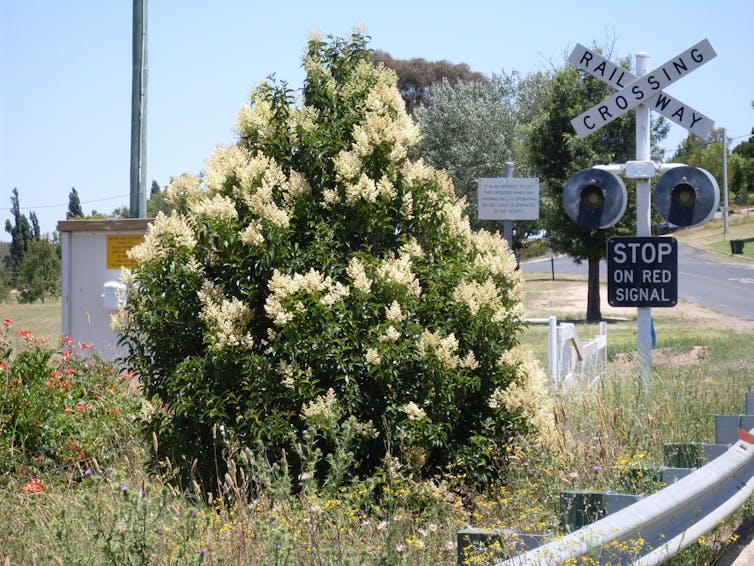

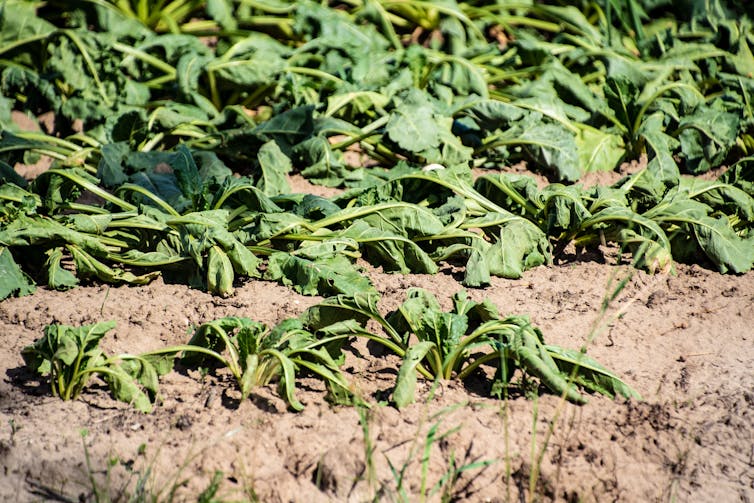
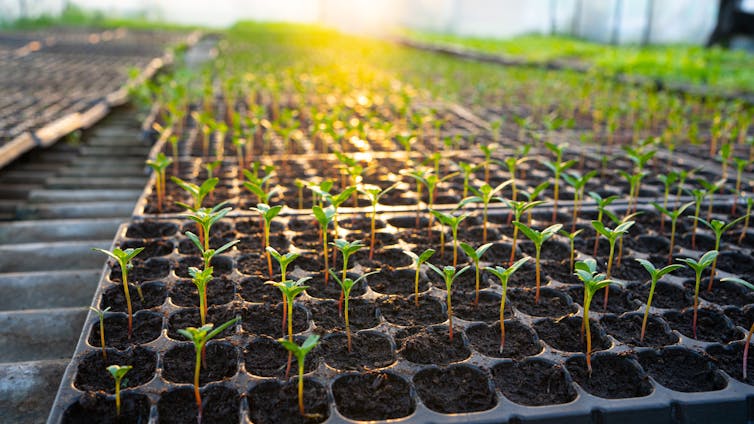

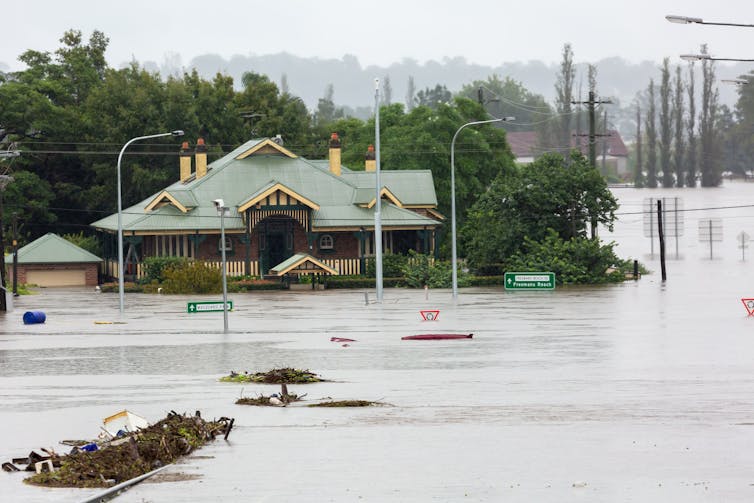


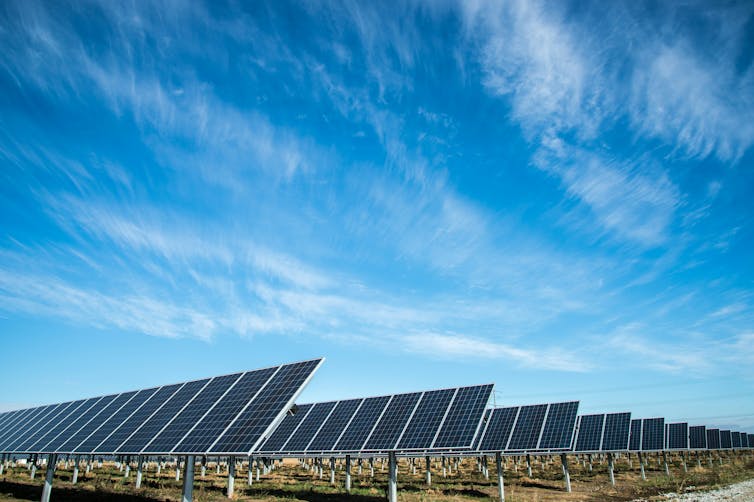








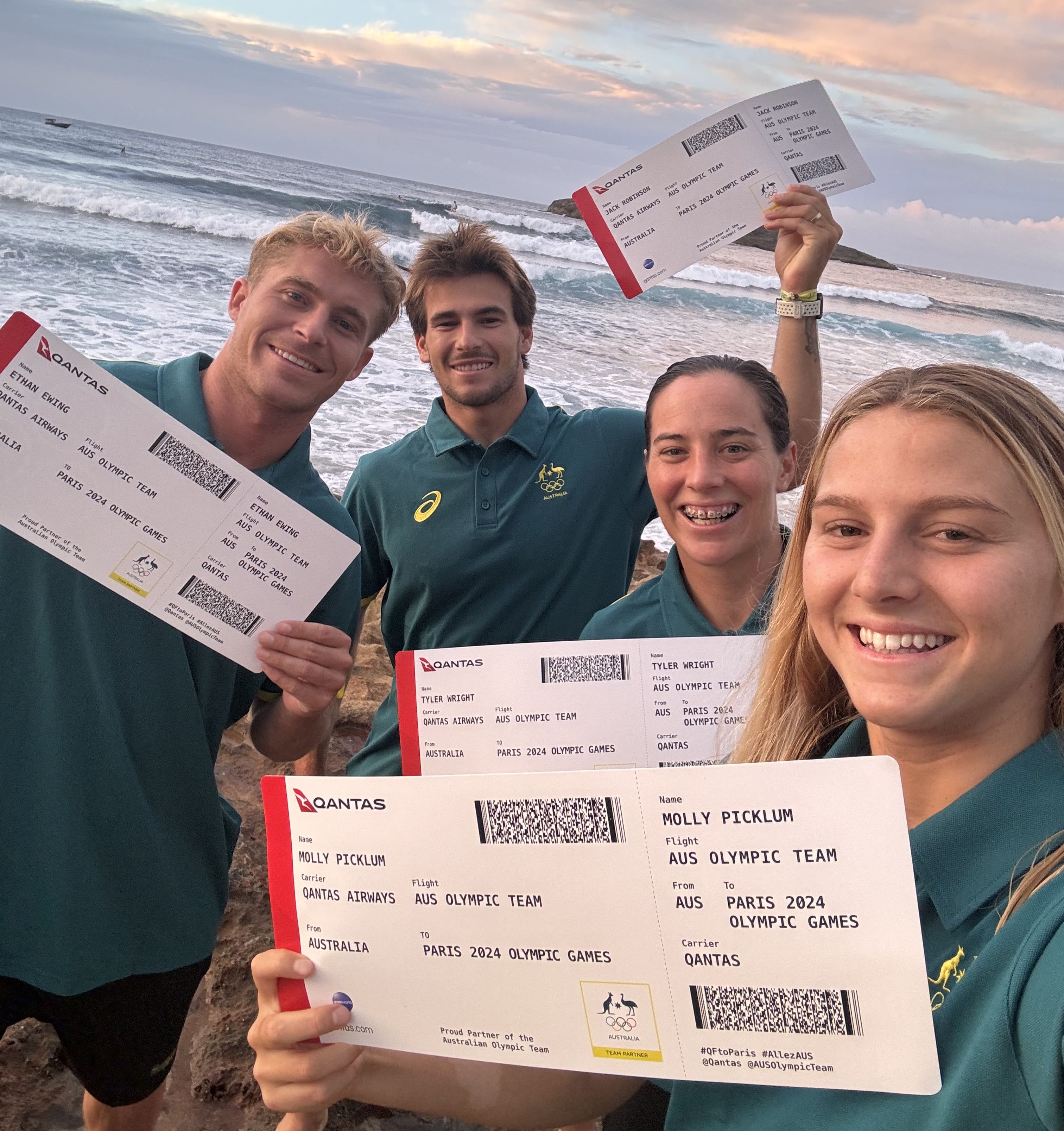

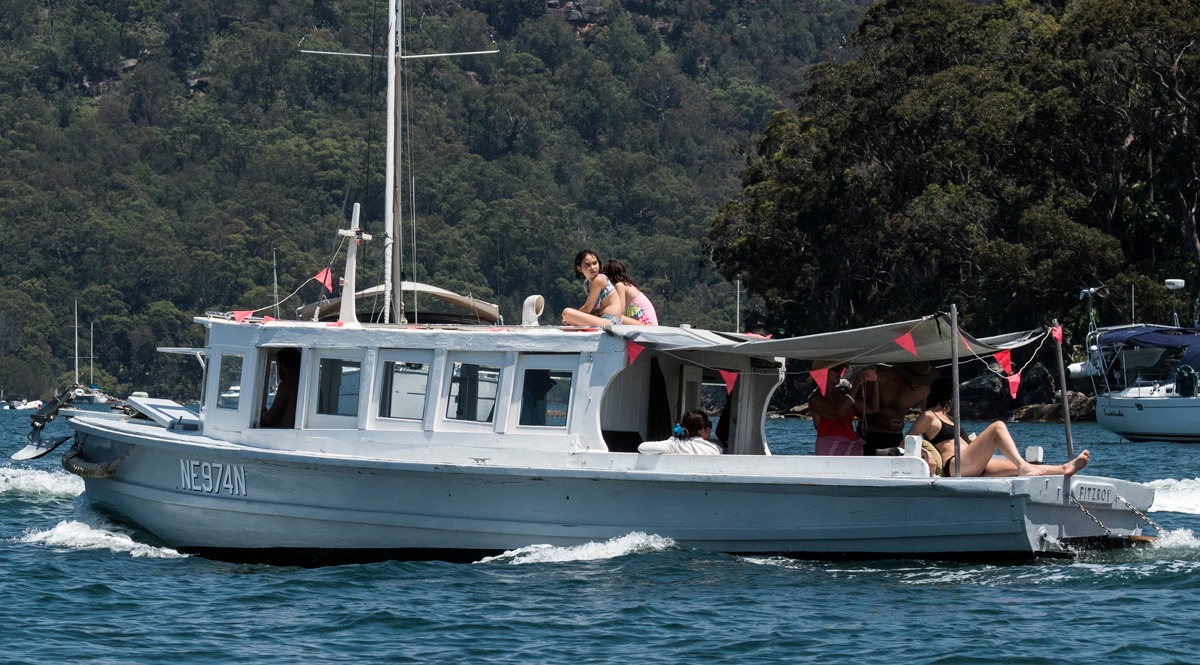
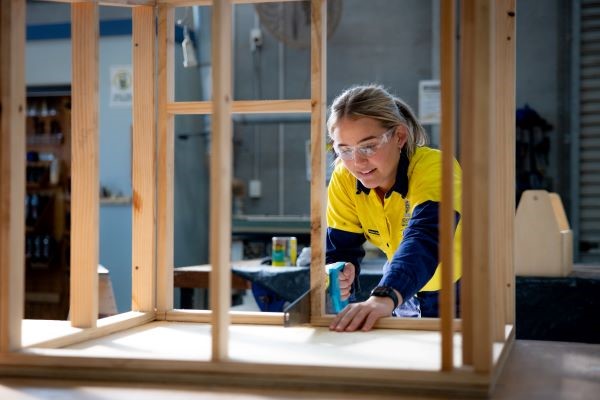
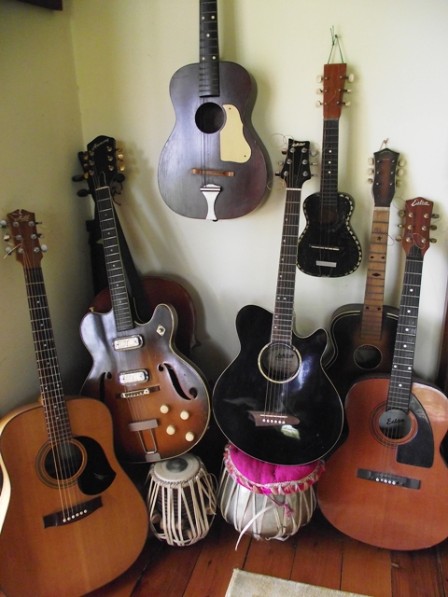
 Musicians and artists are set to receive a boost under the NSW Government with the opening of grants focused on rebuilding the NSW touring circuit.
Musicians and artists are set to receive a boost under the NSW Government with the opening of grants focused on rebuilding the NSW touring circuit.